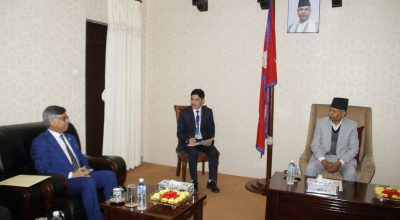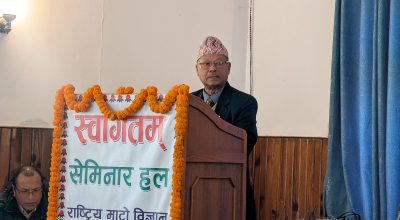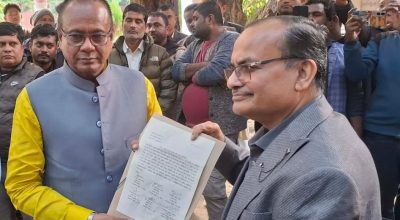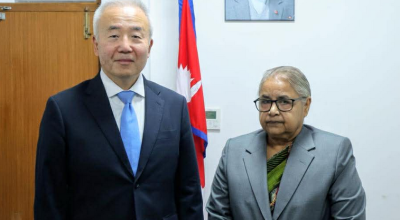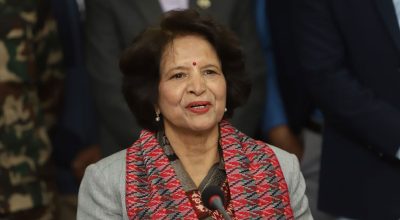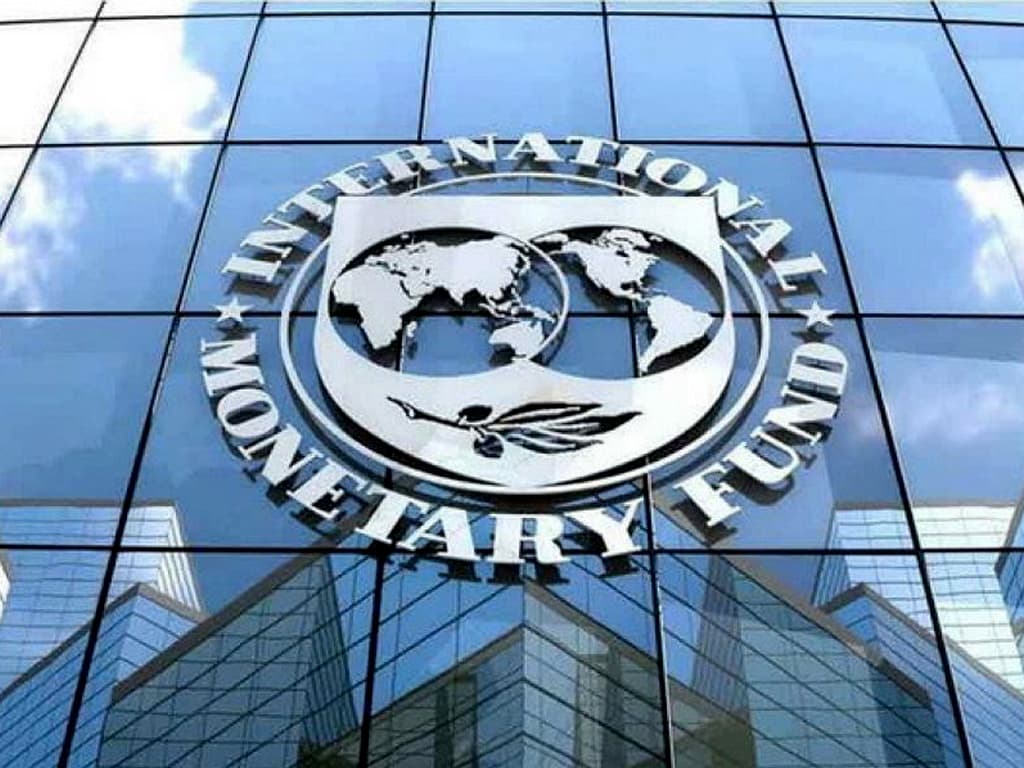
Washington, DC, May 2: The Executive Board of the International Monetary Fund (IMF) completed the first and second reviews under the Extended Credit Facility (ECF) for Nepal, allowing the authorities to withdraw the equivalent to SDR 39.20 million (about US$52.8 million).
This brings total disbursements under the ECF for budget support thus far to SDR 117.70 million (about US$157.4 million). The Executive Board also concluded the 2023 Article IV consultation with Nepal.
The ECF arrangement for Nepal was approved by the Executive Board on January 12, 2022 in an amount equivalent to SDR 282.42 million (180 percent of quota or about US$384.8 million). The ECF arrangement has helped mitigate the impact of the pandemic and global shocks on economic activity and aims at protecting vulnerable groups, preserving macroeconomic and financial stability, and supporting sustained growth and poverty reduction. The program is also helping to catalyze additional financing from Nepal’s development partners.
Despite a challenging global and domestic environment last year, including the impact of Russia’s war in Ukraine, Nepal continued to make progress with the implementation of the ECF‑supported program. The Nepali authorities have taken decisive actions to maintain a stable macroeconomic environment in the context of the post‑COVID‑19 recovery and global shocks. The much‑needed monetary policy tightening last year, together with the gradual unwinding of COVID support measures, helped moderate credit growth and lower inflation. In addition, to preserve fiscal discipline and debt sustainability, the government has rationalized spending in its mid‑year budget review in response to weaker‑than‑expected tax collections in the first half of the year. Bank asset quality has deteriorated as higher lending rates depress borrowers’ repayment capacity, though bank capital adequacy ratios are above the regulatory minima.
Real GDP growth is forecast to soften to 4.4 percent in FY2022/23, but continues to be supported by the ongoing recovery of tourism, strong agriculture sector performance and resilient remittances. Inflation remains elevated, but is projected to decline to the Nepal Rastra Bank’s 7 percent target by the end of FY2022/23. The overall fiscal deficit is expected to reach 4.5 percent of GDP in FY2022/23.
Revenue collection has been disappointing, owing largely to lower import‑related taxes, but substantial expenditure rationalization announced in the midyear budget review is expected to help contain the deficit.
The current account deficit is expected to narrow to 5.2 percent of GDP in FY2022/23 due to weaker import demand, lower commodity prices, a recovery in tourism and buoyant remittances that reflect a post‑pandemic increase in outward migration. Risks to the outlook are on the downside.
Over the medium term, the ECF‑supported program will help Nepal’s economy respond to shocks and achieve sustainable and inclusive growth, while maintaining adequate levels of international reserves and keeping public debt at a sustainable level.
Meanwhile, Mr. Bo Li, Deputy Managing Director and Acting Chair says in a statement, “Nepal’s reform program supported by the Extended Credit Facility (ECF) has helped to mitigate the impact of the pandemic and global shocks on economic activity, while protecting vulnerable groups, preserving macroeconomic and financial stability, and sustaining growth and poverty reduction. While reform implementation has been slower than expected, in a difficult environment, the Nepali authorities remain committed to their economic reform program.
“Fiscal policy is focused on promptly addressing near-term fiscal pressures, while supporting the most vulnerable against elevated food and energy prices. Maintaining momentum on governance reforms is critical to cement recent gains in fiscal transparency. Fiscal consolidation and further structural reforms are needed to support medium-term fiscal sustainability. Revenue mobilization, advancing fiscal federalism, addressing fiscal risks, and strengthening public investment management are important measures.
“A cautious, data-driven approach to monetary policy, supported by macroprudential tools, is appropriate to maintain external stability and address elevated inflation. The Nepal Rastra Bank is prioritizing the asset quality of banks, including through regulatory initiatives to ensure appropriate classification of loans, and is focused on advancing the financial sector reform agenda. Measures to improve the autonomy and accountability framework of the central bank and strengthen the AML/CFT framework and its effectiveness remain crucial.
“Structural reform priorities include lowering the cost of doing business, removing barriers for foreign investment, improving governance, and strengthening anti-corruption institutions. Policies to reduce vulnerability to climate change, including through better-targeted social assistance, investment in climate-resilient infrastructure and boosting agricultural productivity are important.”






